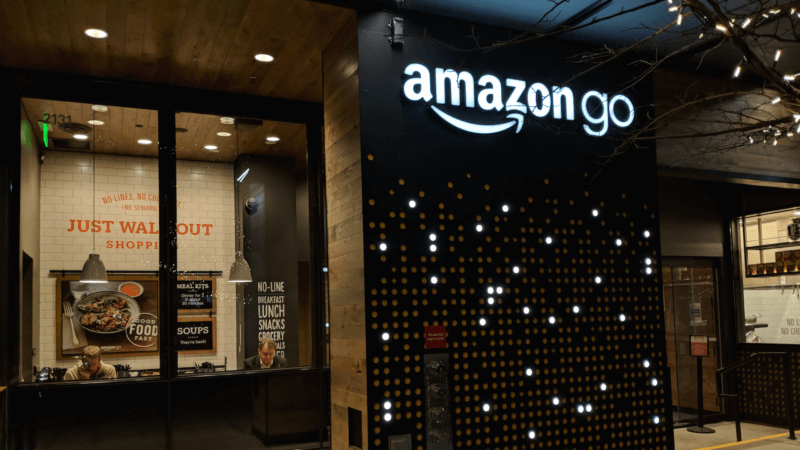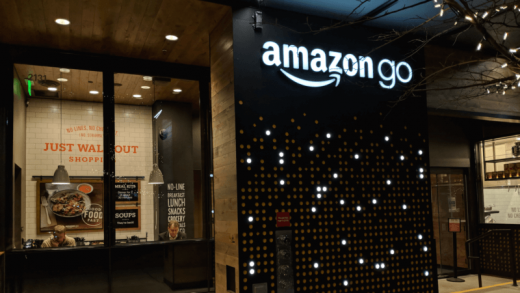Amazon Go Store now open in Seattle — How disruptive will it be?
Regardless of whether Go itself takes off, this is a watershed moment for the future of retail.

Roughly a year later than planned, Amazon formally opened Amazon Go to the public this morning. The store has been described as a high-tech, more health-conscious version of 7-11 for millennials.
That’s not exactly right; it’s more like a shrunken-down version of Whole Foods, with an emphasis on prepared meals and higher-end brands. And, as you already know, the store has no checkout lines or cashiers.
The store is staffed with associates and workers; however, it will likely rely on fewer people to operate than traditional small grocery and convenience stores. It’s not clear how many fewer people will be required or whether it’s just cashiers that are unnecessary. Roughly 6 percent of the US workforce is employed in retail and as cashiers. That’s more than 8 million people.
A mix of technologies allows Amazon Go to operate: sensors and computer vision, combined with a smartphone app and your Amazon account. Users must install the Amazon Go app and have a default payment card selected (you’ll be offered one of your Amazon payment options).
Shoppers scan a QR code upon entering the store, much like a subway pass being scanned at an entry turnstile. The technology “automatically detects when products are taken from or returned to the shelves and keeps track of them in a virtual cart.” When shoppers exit, their default card is charged and a receipt appears in the app.
There are many skeptics who think the store will face challenges and glitches when crowded. But I would assume that the delay in opening has allowed Amazon to stress-test the technology to make sure it will work under pressure. One question I have is how it will respond when products are not replaced in their original locations but set down somewhere else in the store.
The stores are ideally suited to urban centers with concentrations of millennials. While I haven’t discussed this directly with Amazon, I assume Go is a global concept that, if successful, will expand to other markets around the world. London is particularly well-suited for these stores.
How will Amazon Go affect other retailers? That’s the big question on everyone’s mind this morning. The short answer is: not immediately. Those impacted will be grocery and convenience stores in markets where Go stores exist. Longer-term, however, the impact on retail more broadly could be profound.
Long lines and grumpy or inept in-store personnel diminish the in-store shopping experience, driving many people to avoid physical stores. Minimizing or eliminating checkout lines is something that other retailers must start working on now. The feasibility and mechanics of doing that is a much longer conversation. In addition, there are questions about whether the technology in Amazon Go could be applied across the board to other retail environments. The answer is: yes to varying degrees.
Then there’s the data that Amazon will get. This will be enormously valuable on multiple levels and will help inform the company’s online grocery business, as well as Whole Foods eventually. We could also see offline-to-online retargeting eventually, though the company has not spoken about that or how it will use the data and shopping histories captured from in-store shoppers.
Even if Go fails to live up to all this hype, we should see this clearly as a watershed moment that will impact the retail shopping in the future.
Marketing Land – Internet Marketing News, Strategies & Tips
(10)



